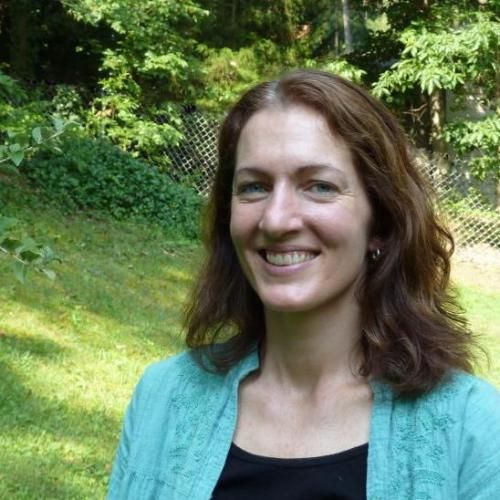Overview
Research in our lab centers on environmental and evolutionary genomics, primarily in bacteria. Broadly, our group explores mechanisms shaping genetic and functional variation in microbes that play important roles in the natural environment. Much of our work integrates evolutionary, population genetic, computational, and molecular approaches to clarify how bacterial genomes change over time. Among these studies, we are exploring how ecological interactions – such as symbiosis - influence genome content and architecture of the species involved. Conversely, we also explore how genomic alterations can impact microbial functions and interactions. As models to link genomics and environmental biology, we largely focus on mutualistic microbes, including bacteria that supply essential nutrients to invertebrate hosts.
Current Appointments & Affiliations
Associate Professor of Environmental and Evolutionary Genomics in the Division of Environmental Sciences and Policy
·
2010 - Present
Environmental Sciences and Policy,
Nicholas School of the Environment
Education, Training & Certifications
Yale University ·
1998
Ph.D.

